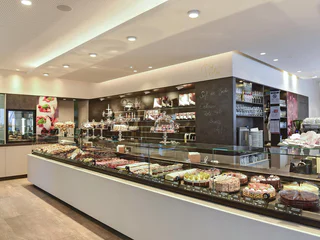
1/7
Pastry Shop Pöhl
Merano/Meran, Meran/Merano, Meran/Merano and environs
| Embrace the beauty and culture of Meran. From relaxing spa experiences to vibrant cultural events, this town offers something for everyone. |

1/7
Merano/Meran, Meran/Merano, Meran/Merano and environs

Merano/Meran, Meran/Merano, Meran/Merano and environs

1/3
Merano/Meran, Meran/Merano, Meran/Merano and environs

Merano/Meran, Meran/Merano, Meran/Merano and environs

Merano/Meran, Meran/Merano, Meran/Merano and environs

1/7
Merano/Meran, Meran/Merano, Meran/Merano and environs

1/3
Merano/Meran, Meran/Merano, Meran/Merano and environs

Merano/Meran, Meran/Merano, Meran/Merano and environs

1/2
Merano/Meran, Meran/Merano, Meran/Merano and environs

1/2
Merano/Meran, Meran/Merano, Meran/Merano and environs

1/3
Merano/Meran, Meran/Merano, Meran/Merano and environs

Merano/Meran, Meran/Merano, Meran/Merano and environs

1/2
Merano/Meran, Meran/Merano, Meran/Merano and environs

Merano/Meran, Meran/Merano, Meran/Merano and environs

Meran/Merano, Meran/Merano and environs

1/5
Merano/Meran, Meran/Merano, Meran/Merano and environs

1/2
Merano/Meran, Meran/Merano, Meran/Merano and environs

1/7
Merano/Meran, Meran/Merano, Meran/Merano and environs

Merano/Meran, Meran/Merano, Meran/Merano and environs

1/3
Merano/Meran, Meran/Merano, Meran/Merano and environs

Merano/Meran, Meran/Merano, Meran/Merano and environs

1/5
Merano/Meran, Meran/Merano, Meran/Merano and environs

1/4
Merano/Meran, Meran/Merano, Meran/Merano and environs

1/2
Plars di Mezzo/Mitterplars, Algund/Lagundo, Meran/Merano and environs

1/3
Merano/Meran, Meran/Merano, Meran/Merano and environs

1/9
Merano/Meran, Meran/Merano, Meran/Merano and environs

1/6
Merano/Meran, Meran/Merano, Meran/Merano and environs

1/2
Merano/Meran, Meran/Merano, Meran/Merano and environs

1/4
Merano/Meran, Meran/Merano, Meran/Merano and environs

1/3
Merano/Meran, Meran/Merano, Meran/Merano and environs